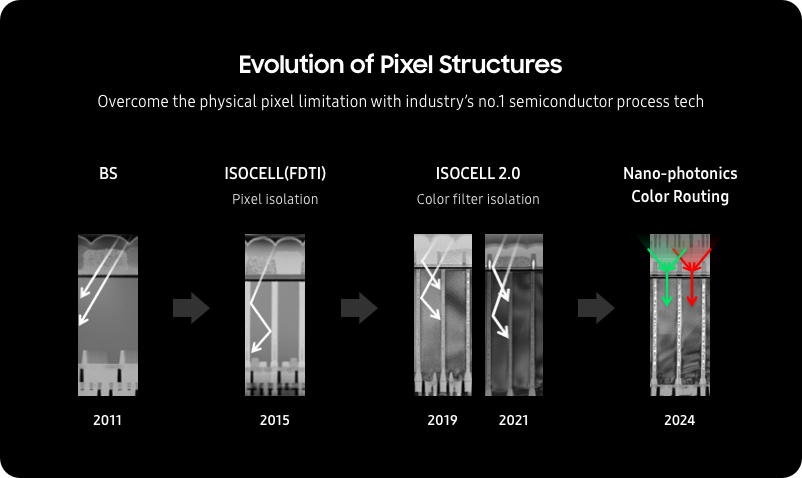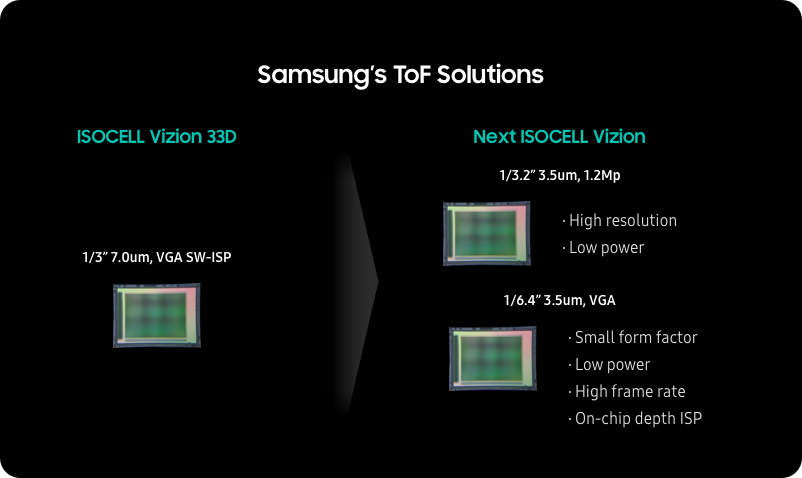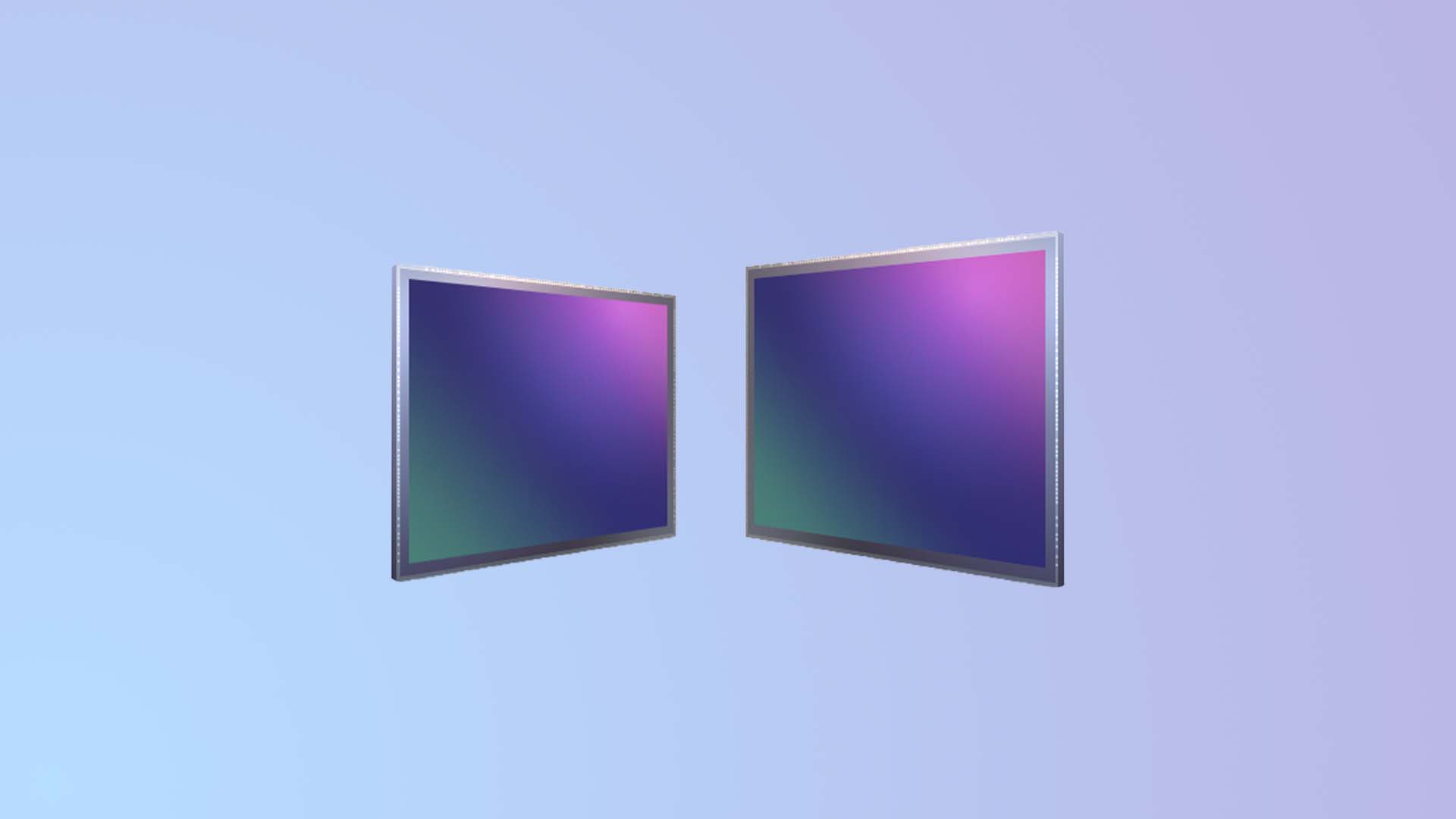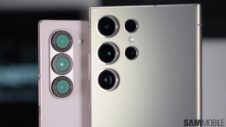Samsung is planning to bring big improvements with its next-generation ISOCELL camera sensors, especially in terms of video quality. Shooting videos is much harder than capturing still images, as the camera has to capture at least 30 frames every second instead of just one frame. The company explained how it plans to do that in its official blog post.
Multi-frame and multi-exposure (HDR) processing massively improve still images by capturing at least two frames (low exposure and high exposure) and merging them for better dynamic range. However, that is extremely hard to do with videos, as the camera has to capture at least 60 frames for a 30fps video. That puts a massive burden on the camera sensor, ISP, and memory, resulting in higher power consumption and temperature.
ISOCELL sensors with Nano-Photonics Color Routing technology improve light sensitivity

Samsung is planning to improve video quality by improving light sensitivity, luminance range, dynamic range, and depth sensing. It has developed an innovative high-refractive nano-structure for the optical wall between the color filters of pixels. It uses the light of adjacent pixels to extreme levels. The South Korean firm is calling it Nano-Photonics Color Routing, and it is coming to ISOCELL cameras in 2024.
Samsung's in-sensor single-exposure HDR improves video dynamic range without consuming high power

To improve the dynamic range of videos, Samsung is planning to launch smartphone camera sensors with an in-sensor, single-exposure HDR technology. Samsung's recent sensor, the ISOCELL HP3, has two readouts (high gain for details in the dark and low gain for details in the bright regions) for 12-bit HDR. However, the company says that it isn't enough. Samsung is planning to launch camera sensors with 16-bit HDR for a much wider dynamic range in videos.
Samsung's to launch new iToF sensors for better portrait videos (background blur)

The South Korean firm is also planning to improve the quality of portrait videos by using iToF (Time of Flight) depth sensors that have an integrated ISP. Since the whole depth processing is done on the sensor itself, the phone consumes lower power and doesn't heat up as much. Such sensors improve the quality of portrait videos, especially in low-light situations, narrower objects, and repeated patterns.
With these three improvements, Samsung is planning to improve the quality of still images and videos on smartphones. All these technologies will debut sometime in 2023 and 2024. We expect these sensors to be used in the Galaxy S24 and the Galaxy S25.







